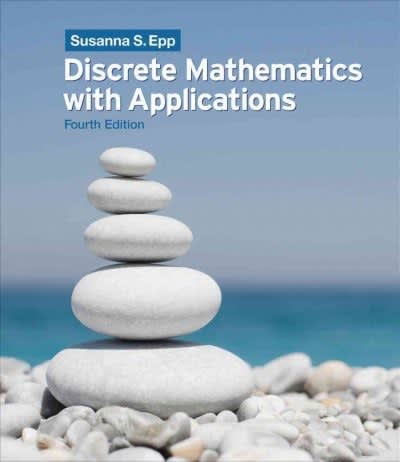Question
A company needs to buy a new machine for making cardboard boxes. The company must choose between two machines. The machines produce boxes of equal
A company needs to buy a new machine for making cardboard boxes. The company must choose between two machines. The machines produce boxes of equal quality, so the company will choose the machine that produces (on average) the most boxes. There are significant differences in the abilities of the company's machine operators who will be operating those machines to produce the cardboard boxes. The company randomly selects 20 operators to produce boxes for one hour using machine 1 and then the same 20 operators produce boxes for one hour using machine 2.
Give the null and alternate hypotheses for the paired t-test, then report the t-statistic and whether or not you reject the null).
Data:
| Machine_Operator | Boxes_produced_from_Machine_1 | Boxes_produced_from_Machine_2 |
| 1 | 53 | 50 |
| 2 | 60 | 55 |
| 3 | 58 | 56 |
| 4 | 48 | 44 |
| 5 | 46 | 45 |
| 6 | 54 | 50 |
| 7 | 62 | 57 |
| 8 | 49 | 47 |
| 9 | 51 | 52 |
| 10 | 64 | 64 |
| 11 | 48 | 53 |
| 12 | 50 | 45 |
| 13 | 54 | 50 |
| 14 | 55 | 60 |
| 15 | 55 | 54 |
| 16 | 52 | 46 |
| 17 | 47 | 46 |
| 18 | 56 | 48 |
| 19 | 58 | 48 |
| 20 | 54 | 50 |
Step by Step Solution
There are 3 Steps involved in it
Step: 1

Get Instant Access to Expert-Tailored Solutions
See step-by-step solutions with expert insights and AI powered tools for academic success
Step: 2

Step: 3

Ace Your Homework with AI
Get the answers you need in no time with our AI-driven, step-by-step assistance
Get Started


